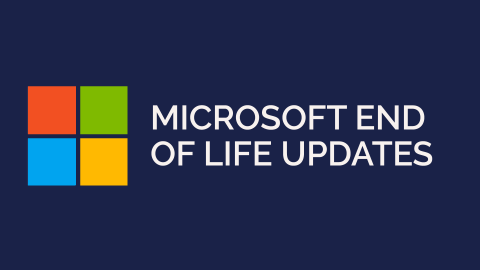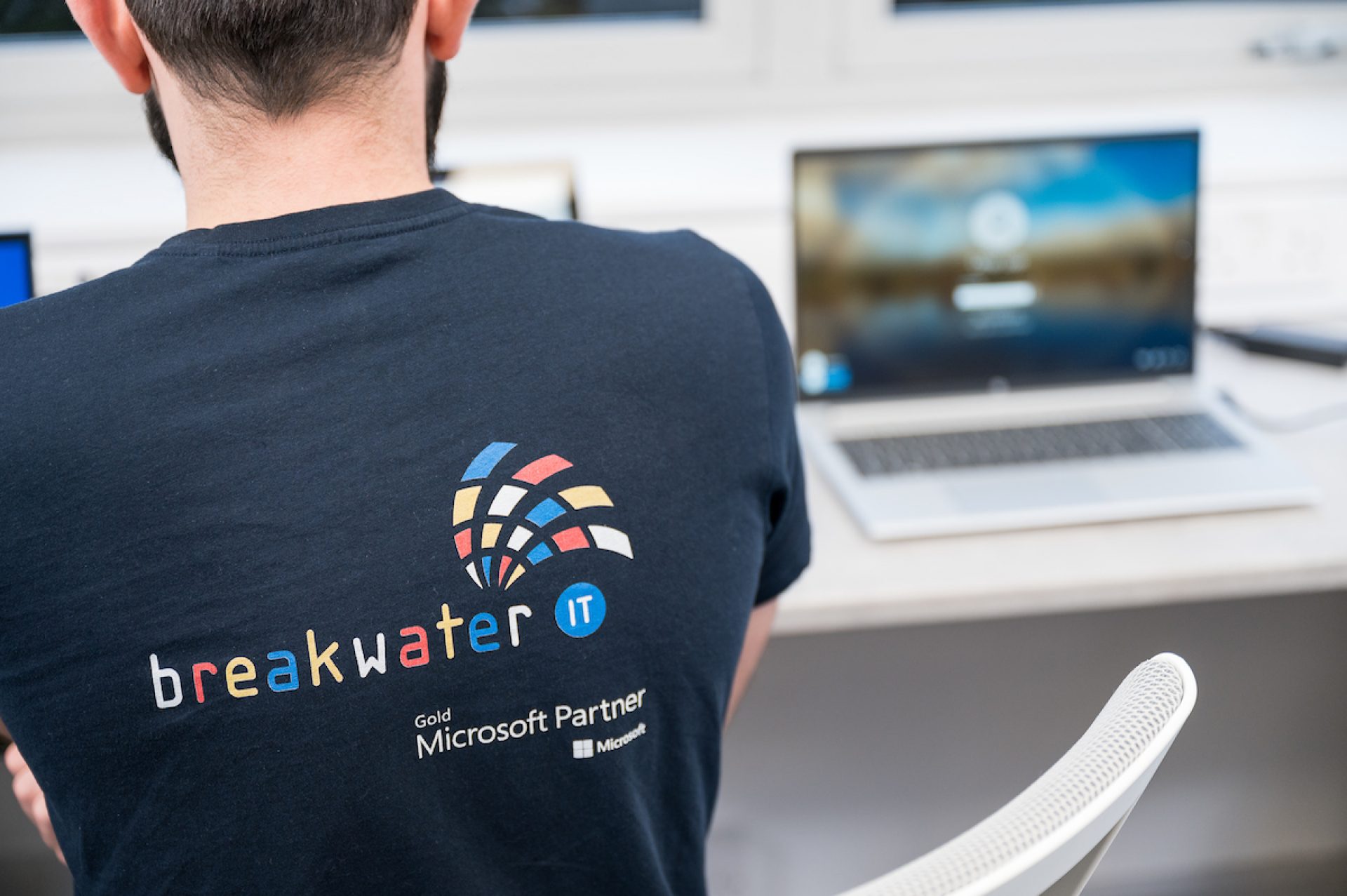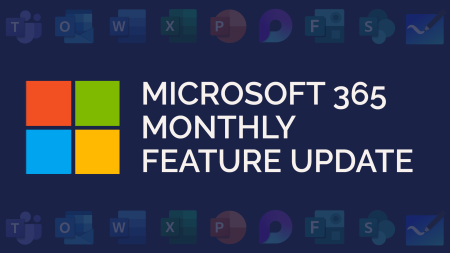As Microsoft products age, they are replaced with new, faster, more intuitive upgrades. In some instances, these upgrades will happen naturally within the product. But there are also occasions when an entirely new version of the product will be built, giving you time to switch and adjust before the previous version becomes end of life.
What does End of Life Mean for Microsoft?
End of life of a Microsoft product means it will no longer receive software updates or technical support from Microsoft. This includes bug fixes and other security updates, making the product vulnerable to cyber attacks if still used.
If you are still running outdated software on your business PC, you face a greater risk of viruses and malware. As well as the software being slower and less sophisticated than its upgrade.
In this post, we’ll share the latest end of life products from Microsoft, and our recommendations on what to do if you’re using that product.
UPCOMING: Windows 10
On 14 October 2025, Windows 10 will move to end of life.
We recommend you upgrade to Windows 11 as soon as possible.
Windows Server 2012
Windows Server 2012 support ended on 10 October 2023.
If you need to remain on-premise, we recommend upgrading to Windows Server 2022. However, we recommend moving to the cloud by migrating to Azure. If you want to know more, get in touch.
Office 2013 End of Life
Support for Office 2013 ended on 11 April 2023.
We recommend you switch to Office 2021 as soon as possible.
Windows 7, 8 and 8.1 End of Life
Windows 8.1 end of life was 10 January 2023. And Windows 7 was switched off on 14 January 2020.
We recommend upgrading to Windows 10 or Windows 11 as soon as possible. You get built-in, ongoing security protection, increased efficiency with a faster, better-connected PC and upgraded preferences to give you a unique work style.
Further to this, from January 2023, the OneDrive desktop application no longer syncs when accessed on Windows 7, 8 and 8.1.
Additionally, if you are still using a device that was originally built with Windows 7 or 8, we’d recommend replacing the device altogether. It’s likely you will be using a 10-year+ old device, and whilst it may be capable of running Windows 10 or 11, ageing devices should be replaced with their newer, faster, more lightweight and powerful equivalents. A new PC will enable you to take full advantage of the latest capabilities a modern operating system has to offer.
Internet Explorer End of Life
Internet Explorer (IE11) was retired on 15 June 2022. As a result, any attempt to access IE11 will be redirected to Microsoft Edge.
Firstly, if you’re still somehow accessing Internet Explorer, you should make the switch to Edge. The new Edge is based on Chromium coding, well-known for the coding behind Google Chrome. You can read more about our favourite features in Edge in our previous insight here.
Secondly, Internet Explorer mode continues to provide legacy support within Microsoft Edge. If you have legacy Internet Explorer-based sites and apps, you will need to set up Internet Explorer mode so they can be accessed via Edge. By using dual engines, Edge will be able to support both legacy and modern sites and apps.
It’s also important to note that Microsoft 365 and other apps ended support for IE11 on 17 August 2021.






